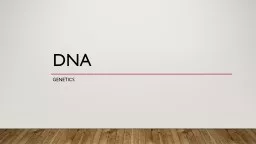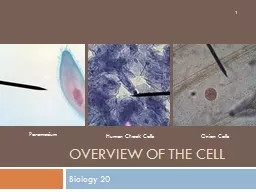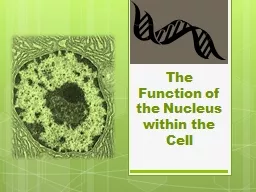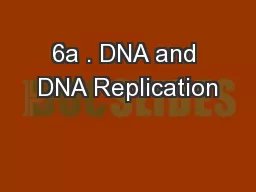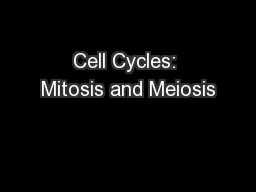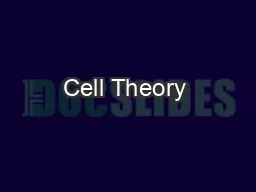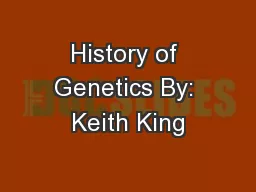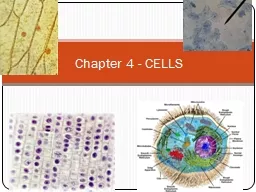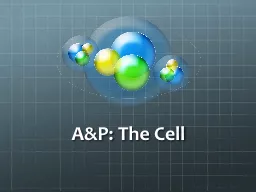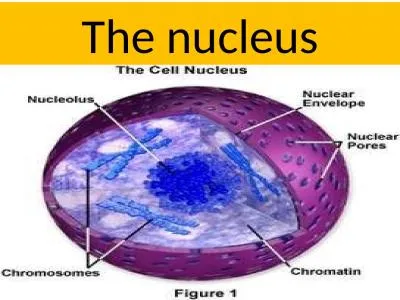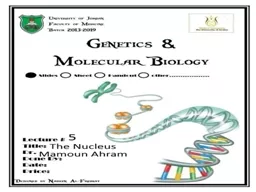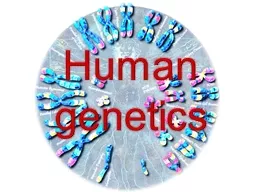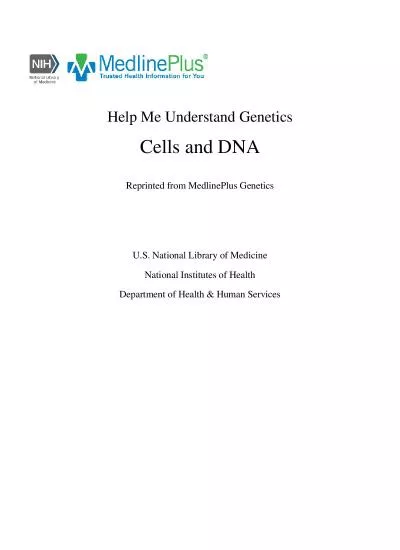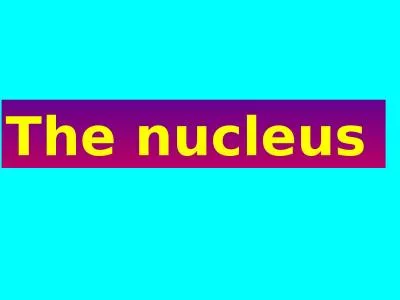PPT-DNA Genetics Question 1 Most of the DNA of a human cell is contained in the nucleus. Distinguish
Author : narrativers | Published Date : 2020-06-16
5 marks Question 1 Answers U Unique sequences H Highly repetitive sequences U occur once in genome H occur many times U long base sequences H short sequences5300
Presentation Embed Code
Download Presentation
Download Presentation The PPT/PDF document "DNA Genetics Question 1 Most of the DNA ..." is the property of its rightful owner. Permission is granted to download and print the materials on this website for personal, non-commercial use only, and to display it on your personal computer provided you do not modify the materials and that you retain all copyright notices contained in the materials. By downloading content from our website, you accept the terms of this agreement.
DNA Genetics Question 1 Most of the DNA of a human cell is contained in the nucleus. Distinguish: Transcript
Download Rules Of Document
"DNA Genetics Question 1 Most of the DNA of a human cell is contained in the nucleus. Distinguish"The content belongs to its owner. You may download and print it for personal use, without modification, and keep all copyright notices. By downloading, you agree to these terms.
Related Documents

